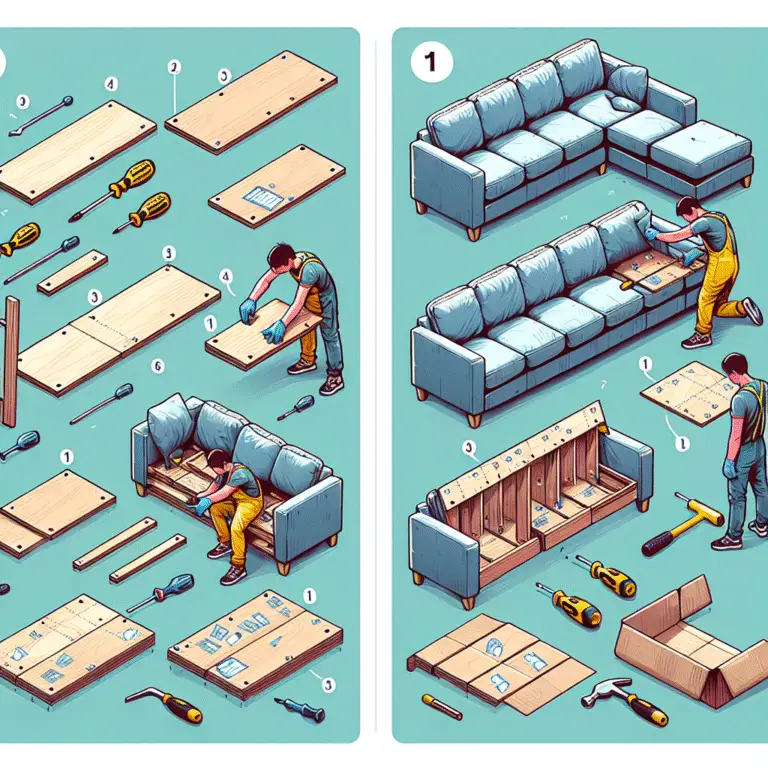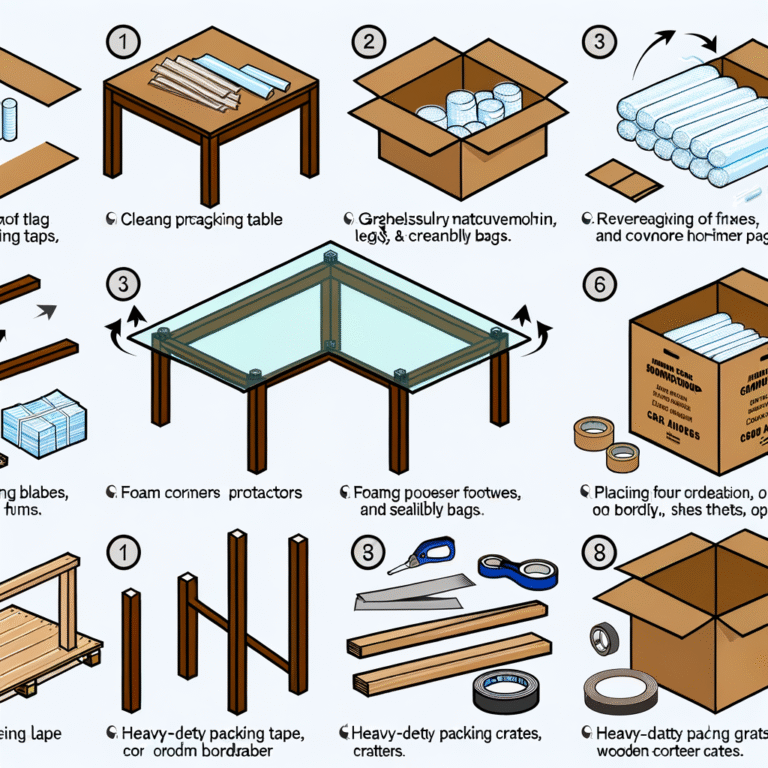Moving Washing Machines and Dryers: A Complete Preparation Guide
Moving Washing Machines and Dryers in 2025: The Ultimate Step-by-Step Preparation Guide
Thinking of moving your washer and dryer to your new place?
Don’t just yank the cords and haul them out the door—doing so could cost you hundreds in repairs! Despite seeming like tough machines, washers and dryers require careful preparation before any big move.
Miss a step, and you could end up with water damage, cracked components, or voided warranties.
Relocating these appliances the right way means less stress, fewer breakdowns, and a smooth setup in your new home.
If you’re preparing for a move in 2025, this complete guide will walk you through every critical step—from disconnecting to transporting, and then reinstalling your appliances safely and efficiently.
Safety First: Disconnecting and Preparing the Machines
Before you lift a finger, ensure all power sources are turned off. Unplug electric dryers and washing machines from their outlets. If you’re using a gas dryer, shut off the gas line and cap it securely. Always handle natural gas connections with extreme caution, as leaks can be hazardous.
Next, turn off the water supply to the washer. Locate the valves—usually positioned behind the unit—and twist them clockwise to shut them. Wear protective gloves and closed-toe shoes, and have basic tools like pliers, a wrench, and screwdrivers handy throughout the process. Your safety comes first.
Cleaning the Washer and Dryer Before the Move
Nobody wants to deal with foul odors or gunk buildup in a freshly set-up laundry unit. Cleaning the interior of your washer should include wiping down the drum, removing and scrubbing the detergent drawer, and cleaning the filter, which often traps residue and lint.
For dryers, empty the lint trap and vacuum the inside of the drum. Pay special attention to the dryer vent—it accumulates dust and debris that can pose a fire hazard. Once clean, leave both the washer and dryer doors open to allow internal parts to dry out completely. This prevents moisture-related issues like mold and mildew.
Draining and Drying the Washer
Before moving a washer, draining it is crucial. Locate the drain hose on the back, and place the end into a bucket to catch residual water. Some models also have a drain pump filter that should be emptied manually.
After removing all possible internal water, tilt the washer slightly forward to make sure nothing is left inside. For complete drying, leave the lid or door open for at least 24 hours before transport. This step ensures that internal moisture doesn’t lead to mildew or electrical issues later.
Detaching and Securing Hoses and Cords
With the water drained, you can now disconnect the water inlet hoses—both hot and cold—from the back of the washer. Unscrew the drain hose as well. For dryers, gently detach the vent hose and, if applicable, disconnect the gas line using a wrench. Make sure the gas is shut off first.
Label each hose or cord with masking tape to simplify reconnection later. Use zip-top bags to store small screws, connectors, and other loose parts. Label these bags clearly and tape them to the machines or store them in a designated moving box.
Securing Internal Components
Modern washing machines often come with shipping or transport bolts that lock the drum and internal parts during transport. Always reinstall these bolts before moving, as the machine’s suspension system isn’t designed to handle bouncing during transit.
“If you transport your washing machine without using the shipping bolts, you risk damaging the suspension and internal drum,” warns Whirlpool Support. “This type of damage is not usually covered under warranty.”
If you’ve misplaced the bolts, contact the manufacturer to order replacements. As a temporary workaround, some movers use dense foam padding inside the drum, although this offers less protection than the original bolts.
Wrapping and Protecting Appliances for Moving
Now it’s time to shield your machines from nicks and scratches. Use padded moving blankets to wrap the appliances securely. Pay extra attention to corners that are especially prone to dents.
Tape any loose cords to the back of the machine to avoid tripping or tangling. If you’re hiring movers, let them know the units are prepped and ready to go—especially if they’ve had special bolts reinstalled.
Lifting and Moving Safely
These appliances are heavy—like 150 to 200 pounds heavy. Never attempt to move them alone. Use an appliance dolly or hand truck with straps to stabilize the machines during transport.
Always lift with the legs, not the back, and coordinate movements with your partner or team. Take your time on stairs and inclines to prevent serious accidents or dropping an appliance.
Loading Into the Moving Vehicle
When loading the appliances into your truck or van, keep them upright at all costs. Laying them on their sides can lead to internal damage or fluid leaks. Position the washer and dryer against the side walls of the truck to limit movement.
Secure each unit with strong straps or ropes, attaching them to anchor points inside the truck. Double-check that everything is firm and nothing will tip or roll during transit.
Unpacking and Reinstalling at Your New Home
Upon arrival, carefully remove the blankets and inspect each appliance for signs of damage. Scrapes or dents might indicate rough handling during the move.
Reattach hoses, cords, and venting carefully. If you moved a gas dryer, it’s wise to call a certified technician for reconnection. Once installed, check for levelness—adjust the appliance feet as needed to prevent shaking during use. For dryers, ensure the venting hose is reconnected and expelled outdoors to maintain proper airflow and prevent fires.
Common Mistakes to Avoid
Neglecting to use transport bolts is one of the most costly errors homeowners make. It’s also easy to forget to drain the washer entirely, leading to leaks in the truck.
Don’t overload one side of the moving truck by stacking washers and dryers together—this can imbalance the load. Finally, always consult your appliances’ manuals for detailed installation instructions. Each brand and model has unique requirements that should not be ignored.
Conclusion
Moving washing machines and dryers correctly isn’t just about convenience—it’s about protecting one of your home’s most essential investments. With thorough preparation, detailed cleaning, and a focus on safety, your move will go off without a hitch.
Take your time, follow each step carefully, and never hesitate to ask for professional help if needed. You’ll thank yourself later when your laundry setup works flawlessly in your new home.
Frequently Asked Questions (FAQs)
How do I get shipping bolts for my washing machine?
You can order replacement shipping bolts directly from your appliance manufacturer’s website or by calling their support line. Be sure to have your model number handy.
Can I move a washer without draining it?
Not recommended. Water left inside can cause leaking, mildew formation, and internal damage during transport.
Do I need a professional to disconnect gas dryers?
Yes. Gas lines can be dangerous if mishandled. It’s safest—and often required—to hire a certified technician for both disconnection and reconnection.
How long should I wait before using appliances after moving?
If the machines stayed upright and were properly transported, you can usually use them immediately. However, allow 24 hours if they were tilted, to let fluids settle and avoid internal issues.













